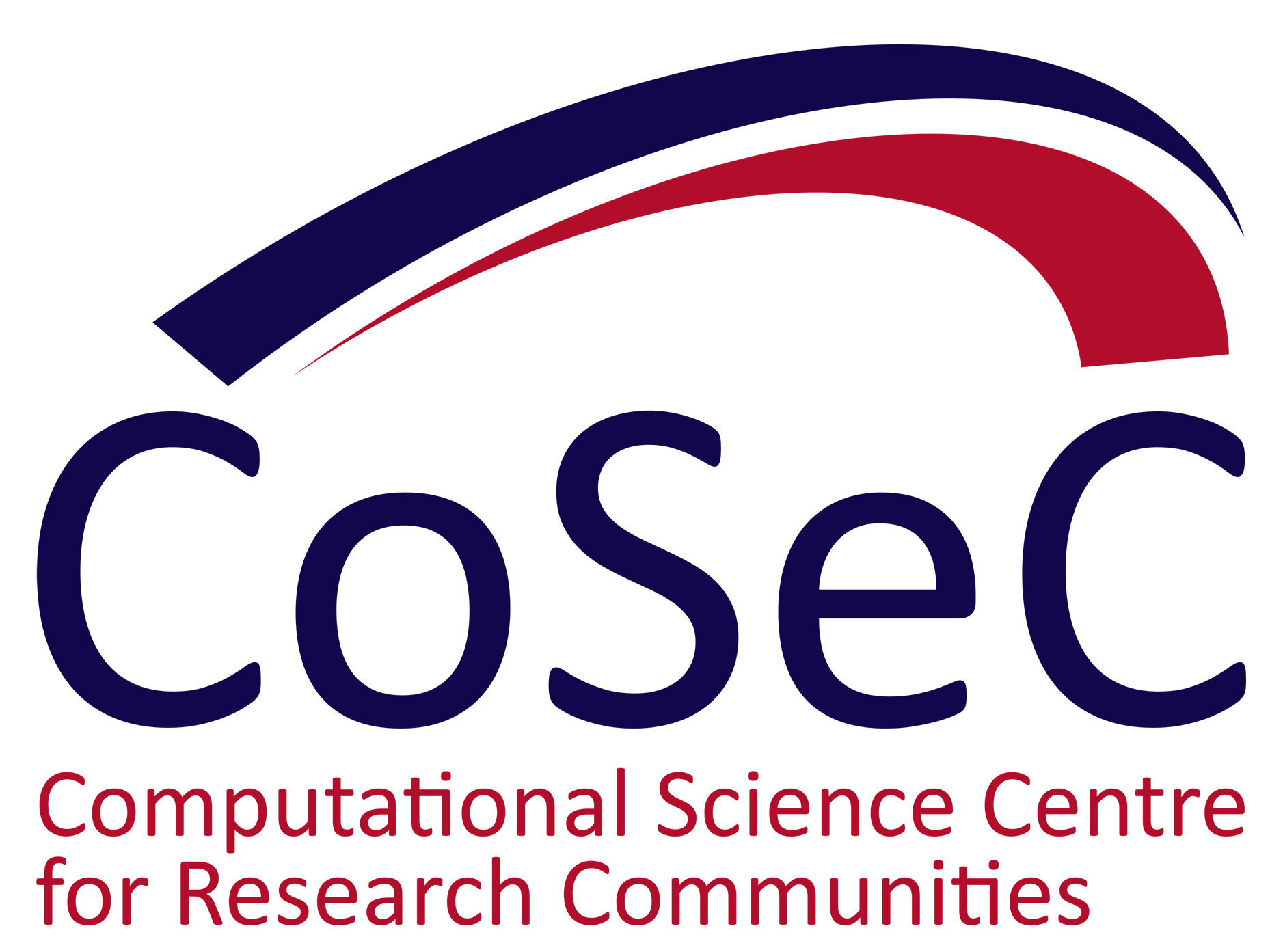
STFC's scientist Vlad Sokhan (of CCP5) in collaboration with IBM UK and Pimpernel Science, Software, and Information Technology LLC, USA, in a recent publication in Reviews of Modern Physics https://doi.org/10.1103/RevModPhys.91.025003 describe an important new approach to materials simulation, that will have positive impacts in many areas of research such as medical (simulations of biomolecules), materials, and geological (nanopores and nano-confined material). The new method is capable of accurate prediction of all states of matter, including solid, liquid, and gas properties - consider for example, the phase diagram of water from its ices to the supercritical phase, i.e. where water has the properties of both a liquid and a gas.
Such 'emergent properties' are fundamentally determined by the behaviour of electrons - how they affect and interact with one another (known as 'many-body interactions') in a complex system. Although current electron (i.e., quantum mechanical - QM) modelling methods are sophisticated, they are limited insofar as the majority of methods are unable to capture the many-body interactions responsible for emergent properties. Even if it were possible, current methods would require prohibitive amounts of computing resources.
The simple beauty of the new method developed by Vlad and collaborators, is that it captures the entire behaviour of electrons while requiring modest compute resources, thanks to the embedding of the QM part within a classical framework of atoms and molecules, where 'classical' is synonymous with fast compute times.
This new ability to simulate emergent properties is revolutionary in the field of atomistic modelling because it will enable direct comparison between predictive modelling results and experimental results, building an ideal symbiotic relationship, thereby leading the way to examine previously unexplored questions. The newly enabled close feedback between modelling and experiment will increase the efficiency of the research and development cycle in terms of time and resources. There are undoubtedly exciting times ahead in the field of atomistic modelling!
For more details find the paper here: https://doi.org/10.1103/RevModPhys.91.025003
